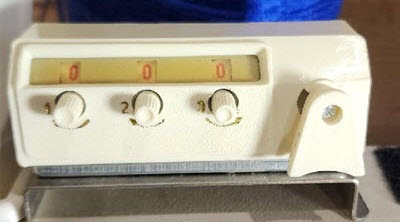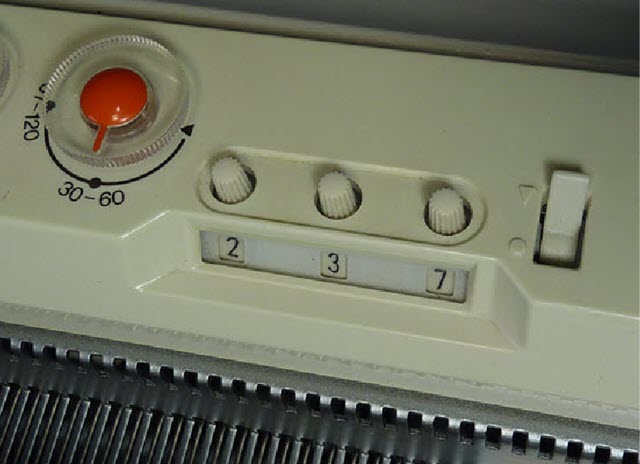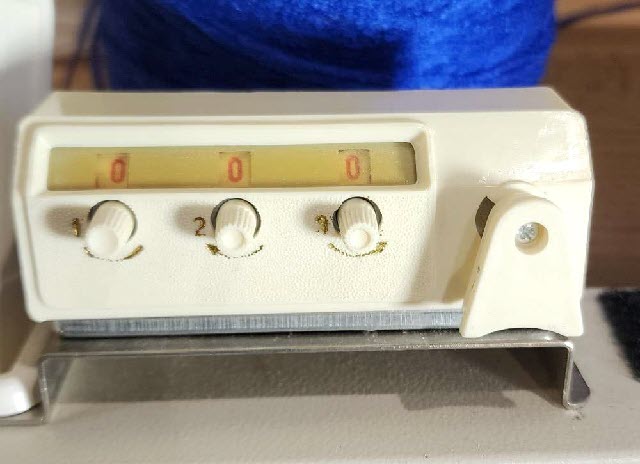
Understanding Row Counters in Machine Knitting: Avoiding Common Mistakes
Learn how to accurately interpret row counters on your knitting machine to ensure precise shaping and avoid common errors in your projects

Learn how to accurately interpret row counters on your knitting machine to ensure precise shaping and avoid common errors in your projects
A row counter is a simple mechanical device on your knitting machine that tracks the number of rows you've knit. It advances with each pass of the carriage, allowing you to follow a pattern, repeat sections, and maintain symmetry in your work.

As the carriage moves across the needle bed, the row counter clicks up by one number. Most counters reset manually and stop tracking when carriage extensions (like ribbers or color changers) are in use—unless you use special adapters or techniques.


First, make sure it’s not disengaged due to an attachment. Then, check the carriage tripper and gear alignment. If broken, replacement parts are available for most models—but a mechanical counter can only do so much. Always back up your count manually.
Check for accessories like ribbers or color changers that may prevent the carriage from triggering the counter. You may need to manually count rows in these situations.
Most row counters have a small knob you turn counterclockwise to reset to zero. Always reset before beginning a new section of knitting.
Yes. Replacement row counters are often available for common knitting machine models. Be sure to get the right one for your brand and model.
Some knitters use apps or digital row counters to keep track manually—especially when the machine's counter isn't working or isn’t triggered with certain attachments.
Yes, most standard and bulky gauge machines include a row counter. Some vintage or toy models may not.
Question:
Donna Asked:Answer:
#1 is correct

Work the increase when I knit row 17. Which means, move the stitches when the row counter says 016 (16 rows have been completed). Then pass the carriage. Row 17 contains the increase.